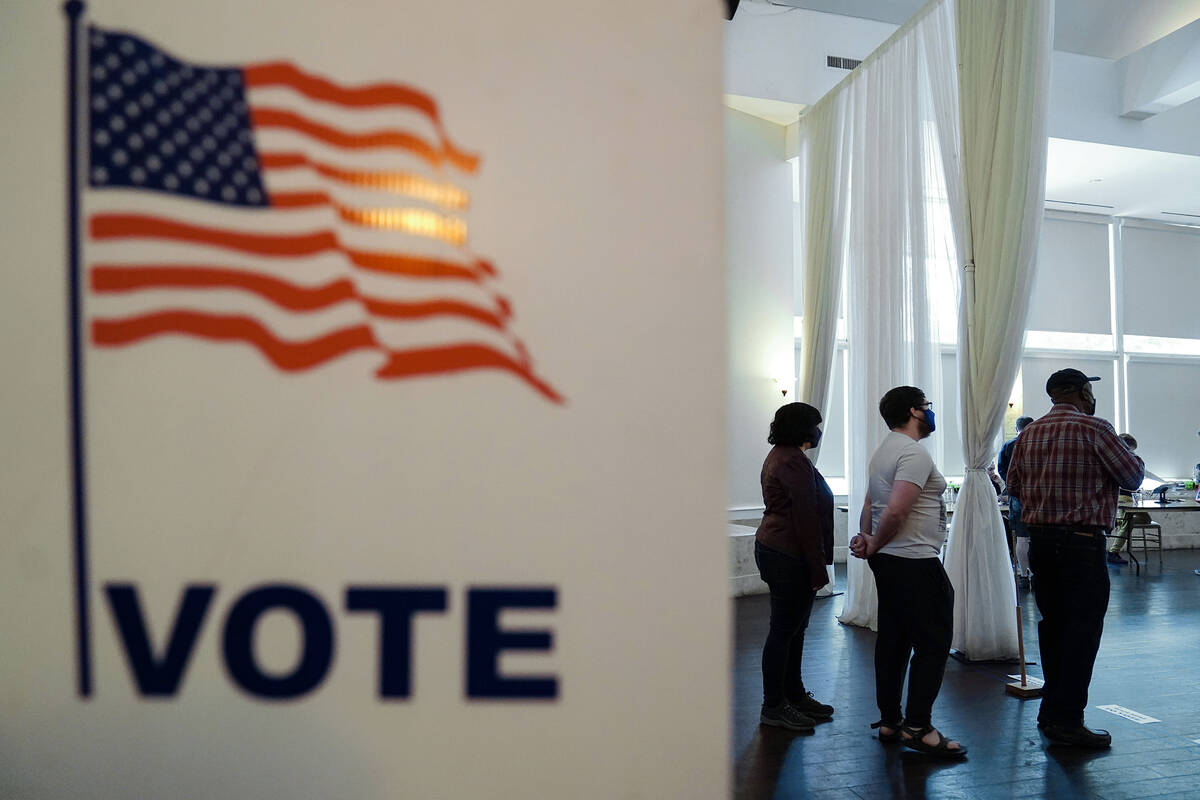The ongoing redistricting process in Texas has ignited a significant debate regarding voter representation and the integrity of the electoral system. Critics argue that the current practices undermine the principle of one-person, one-vote, as the majority party often manipulates district boundaries to gain a disproportionate advantage in elections.
Redistricting occurs every ten years, following the national census, and is intended to reflect changes in population. In Texas, however, this process has frequently led to accusations of gerrymandering, a practice where the majority party alters district maps to secure additional seats in the legislature. This manipulation raises concerns about fair representation, particularly for voters aligned with minority parties.
Texas operates under a republican system, in which citizens elect representatives to make decisions on their behalf, rather than participating directly in every issue, as seen in more localized forms of governance. Ideally, if a minority party receives 40 percent of the votes, it should also receive approximately 40 percent of the legislative seats. Yet, real-world outcomes often deviate from this ideal due to strategic districting.
The implications of gerrymandering extend beyond mere numbers. When district lines are drawn to favor one party, it can lead to voter disenfranchisement and apathy. Many voters may feel that their votes carry less weight, knowing that the electoral landscape is skewed in favor of the majority party. As a result, the democratic principle of fair representation is compromised.
Critics of the current redistricting efforts emphasize the need for transparency and accountability in how district maps are created. Advocacy groups and political analysts are calling for reforms that would establish independent commissions to oversee the redistricting process. Such measures could help ensure that district boundaries are drawn fairly and equitably, reflecting the true will of the electorate.
As the debate unfolds, it remains crucial for Texas voters to engage with the issue and advocate for their interests. The outcome of this redistricting cycle could shape the political landscape for the next decade, impacting not only legislative representation but also the broader health of democracy in the state.
In summary, the Texas redistricting debate highlights important questions about how electoral systems function and the importance of fair representation. As discussions continue, the focus remains on ensuring that every vote truly counts in shaping the future of governance.
